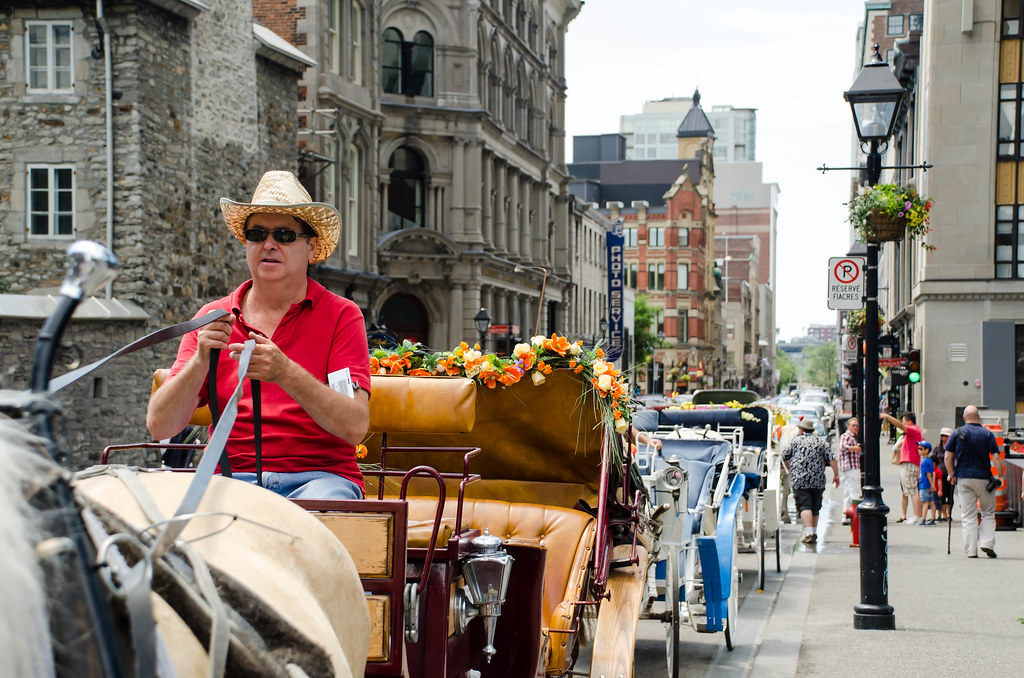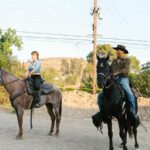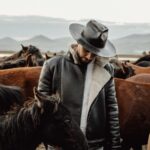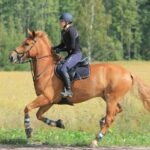In the vast tapestry of human-horse relationships, driving and wagon pulling represent some of our oldest and most enduring partnerships. Long before automobiles transformed transportation, horses were the engines that moved people and goods across continents. Even today, driving horses maintain significant roles in agriculture, tourism, competitive sports, and cultural traditions worldwide. The right horse breed can make all the difference between a smooth, powerful performance and a frustrating experience. While many horses can be trained to pull vehicles, certain breeds have been selectively developed over centuries specifically for their pulling abilities, temperament, endurance, and structural soundness. This comprehensive guide explores the finest horse breeds for driving and wagon pulling, examining their unique characteristics, historical significance, and practical applications in modern driving disciplines.
Draft Horses: The Powerful Workhorses
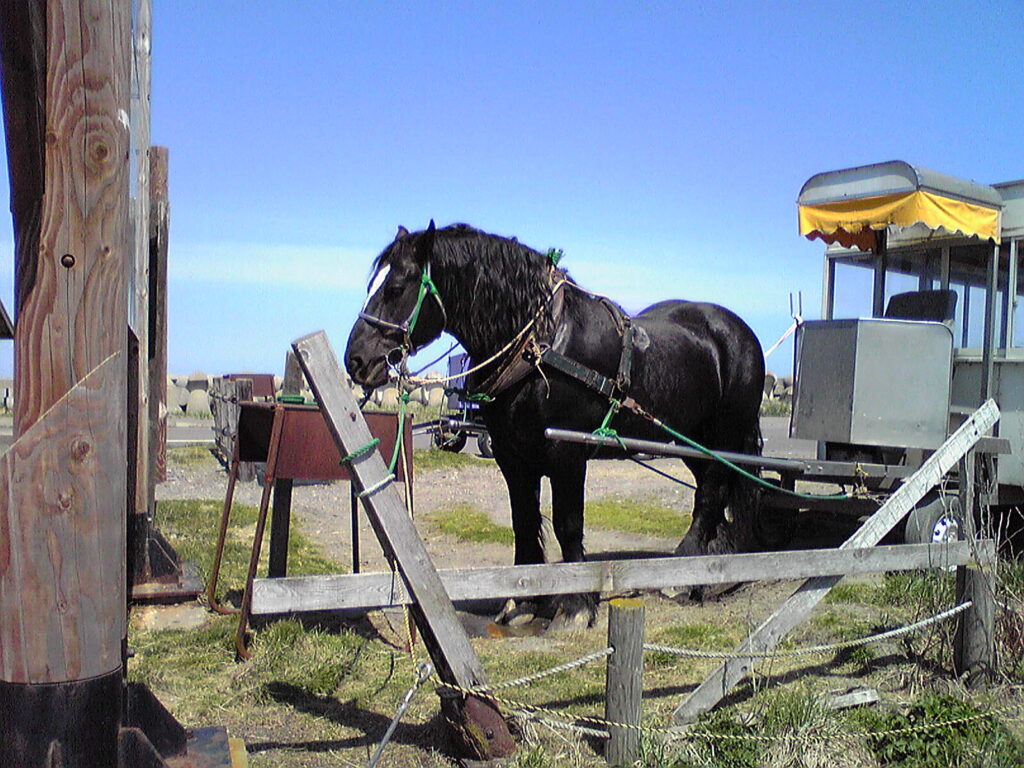
Draft horses represent the quintessential working horses, bred specifically for their immense strength and pulling power. These gentle giants typically weigh between 1,400 and 2,000 pounds, featuring broad chests, muscular shoulders, and powerful hindquarters that enable them to pull tremendous weights with relative ease. Their calm, steady temperaments make them ideal for farm work, logging operations, and heavy wagon pulling where consistent power delivery is essential. Beyond their practical capabilities, draft horses often display a willing work ethic and patient disposition that has endeared them to handlers for centuries, making them suitable for novice drivers despite their imposing size. Modern draft breeds maintain these traditional qualities while also adapting to contemporary driving competitions, agricultural demonstrations, and even therapeutic programs.
Percheron: The Versatile French Giant

The Percheron, originating from France’s Le Perche region, stands as one of the most versatile and widely recognized draft breeds in the world. Standing between 16 and 18 hands high with most individuals displaying dapple gray or black coloration, these majestic horses combine impressive strength with surprising agility and an elegant appearance. Historically employed for war, agriculture, and freight hauling, Percherons developed clean legs, exceptional endurance, and intelligence that distinguished them from other draft breeds. Their balanced conformation and active movement make them particularly well-suited for both heavy farm work and more refined carriage driving. In America, Percherons became the dominant draft breed during the early 20th century, with their resilience and adaptability allowing them to thrive in various climates and working conditions.
Belgian Draft: The Powerful Endurance Specialist

Belgian Draft horses represent the ultimate in pulling power, often recognized by their distinctive chestnut coloring with flaxen mane and tail, though they can appear in other colors as well. Originating from the fertile lowlands of Belgium, these horses were developed through centuries of selective breeding to create an animal of unparalleled strength and endurance for agricultural work. Their massive bodies, characterized by exceptionally muscular forearms, shoulders, and hindquarters, enable them to pull tremendous loads while maintaining a steady pace over long distances. Despite their imposing size—often weighing over 2,000 pounds—Belgians typically possess gentle, willing temperaments that make them surprisingly easy to handle and train for driving purposes. In North America, Belgians have dominated pulling competitions and remain prominent in farming communities that maintain traditional working methods.
Clydesdale: The Flashy Show-Stopper
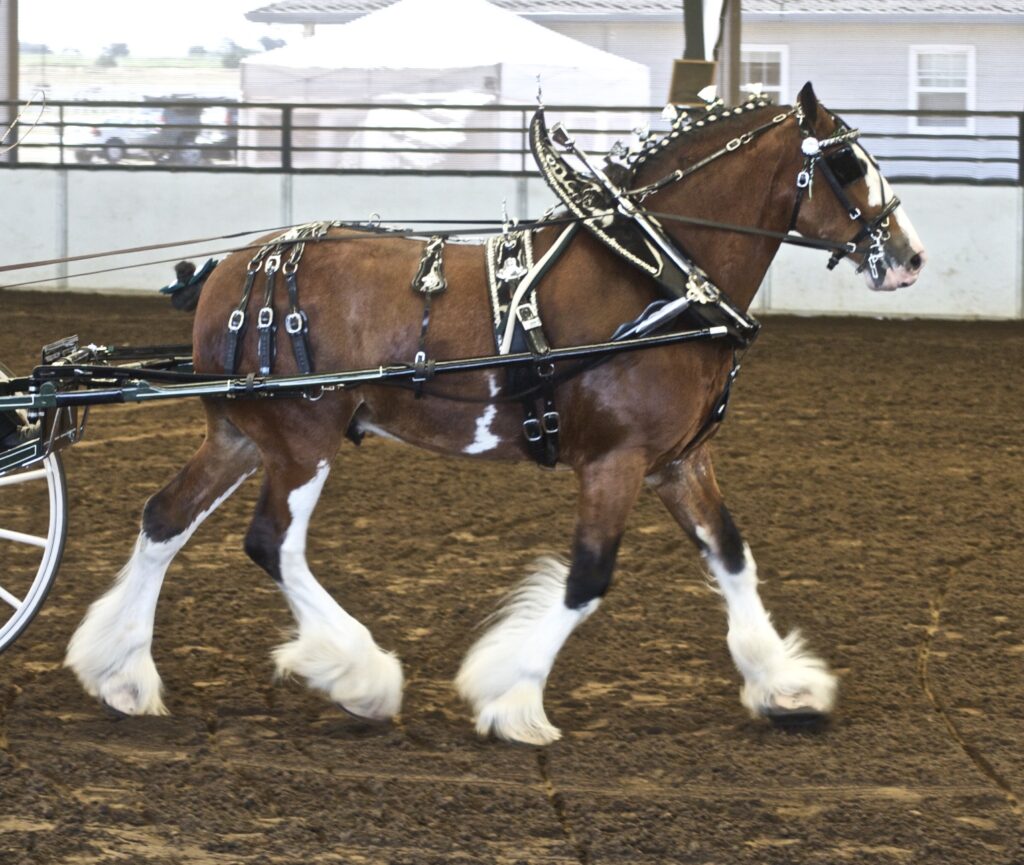
The Clydesdale, perhaps most famous as the Budweiser mascot, combines impressive power with distinctive style and high-stepping action. Developed in Scotland along the River Clyde, these horses typically stand 16 to 18 hands high, featuring broad foreheads, slightly convex facial profiles, and the iconic feathering (long hair) on their lower legs that adds to their dramatic appearance. Their bay, brown, or black coloration often includes extensive white markings, particularly on the face and legs, making them instantly recognizable in parades and exhibitions. Clydesdales possess a naturally animated gait with significant knee and hock action, creating a spectacular visual display when pulling carriages or wagons in ceremonial settings. While somewhat lighter than Belgians or Percherons, their athletic ability, intelligence, and trainability make them excellent driving horses for both working and show purposes.
Suffolk Punch: The Efficient Working Horse
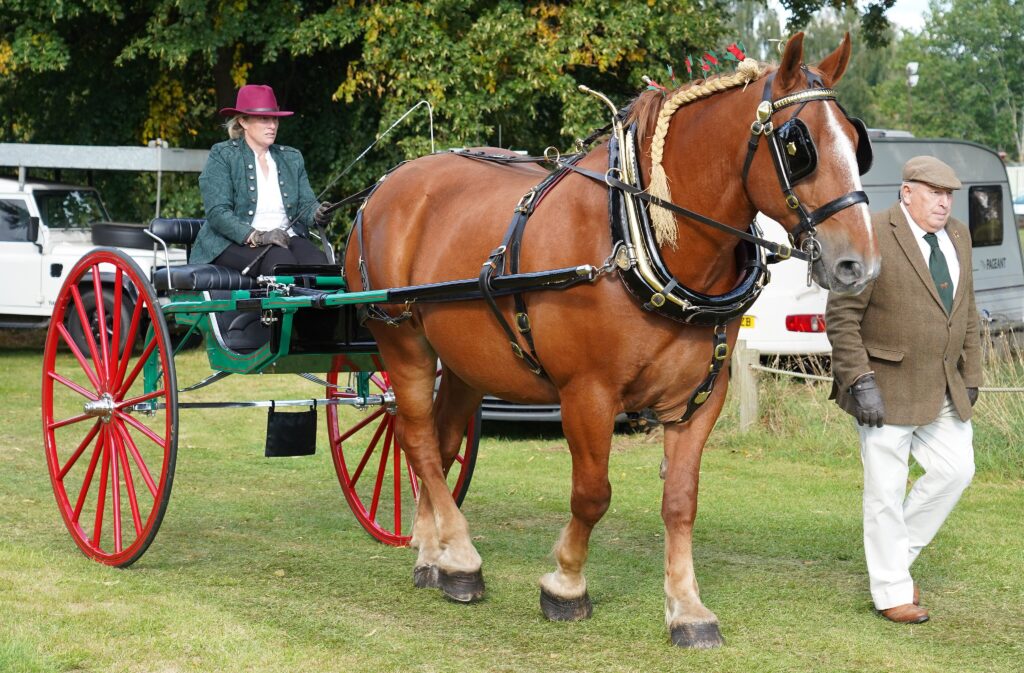
The Suffolk Punch represents one of the oldest and most distinctive draft breeds, having maintained remarkable consistency in type since its development in eastern England during the 16th century. Always chestnut in color (ranging from light golden to dark liver), these compact, muscular horses stand apart from other draft breeds with their lack of feathering and uniquely rounded appearance—earning them the “punch” moniker that references their solid, powerful build. Suffolk Punches typically possess exceptional pulling power relative to their somewhat smaller size (16 to 17 hands), with low-maintenance requirements and efficient movement that historically made them economical working partners. Their willing temperament, stamina, and longevity in working situations earned them the reputation of “the farmer’s favorite,” as they could work consistently day after day with minimal health issues. Though critically endangered today, Suffolk Punches maintain a dedicated following among driving enthusiasts who appreciate their authentic working qualities and distinctive appearance.
Shire: The Gentle Medieval Giant

The Shire horse holds the distinction of being among the largest equine breeds in the world, with specimens regularly exceeding 18 hands high and weighing over 2,200 pounds. Developed in the central shires (counties) of England from medieval Great Horses that carried knights in armor, these imposing animals typically appear in bay, brown, black, or gray colorations with significant white markings and abundant feathering on their lower legs. Despite their enormous size, Shires are renowned for exceptionally gentle temperaments and willing dispositions that make them surprisingly manageable for experienced handlers. Their immense strength, coupled with a naturally balanced way of going, makes them formidable wagon pullers for heavy loads while still maintaining the capacity for relatively refined movement. In Victorian England, Shires were the backbone of urban transportation, with brewery drays (wagons) pulled by matched teams becoming iconic sights in London and other major cities.
Friesian: The Elegant Carriage Horse

The Friesian represents centuries of selective breeding for both agricultural work and elegant carriage driving, creating a versatile horse that combines strength with grace. Always black in color with minimal or no white markings, these striking horses feature abundant mane and tail hair, feathering on the lower legs, and a naturally high-set, arched neck that creates an impressive silhouette in harness. Standing typically between 15.2 and 17 hands high, Friesians possess powerful hindquarters and shoulders while maintaining a relatively light-footed movement characterized by high knee action and an animated trot that’s particularly desirable for formal carriage work. Their willing temperaments and intelligence make them receptive to training, while their distinctive appearance has made them increasingly popular for wedding carriages and ceremonial functions. Historically used by Dutch farmers for both agricultural work and Sunday carriage driving to church, the modern Friesian excels in combined driving competitions that test versatility across multiple disciplines.
Gypsy Vanner: The Colorful Versatile Puller
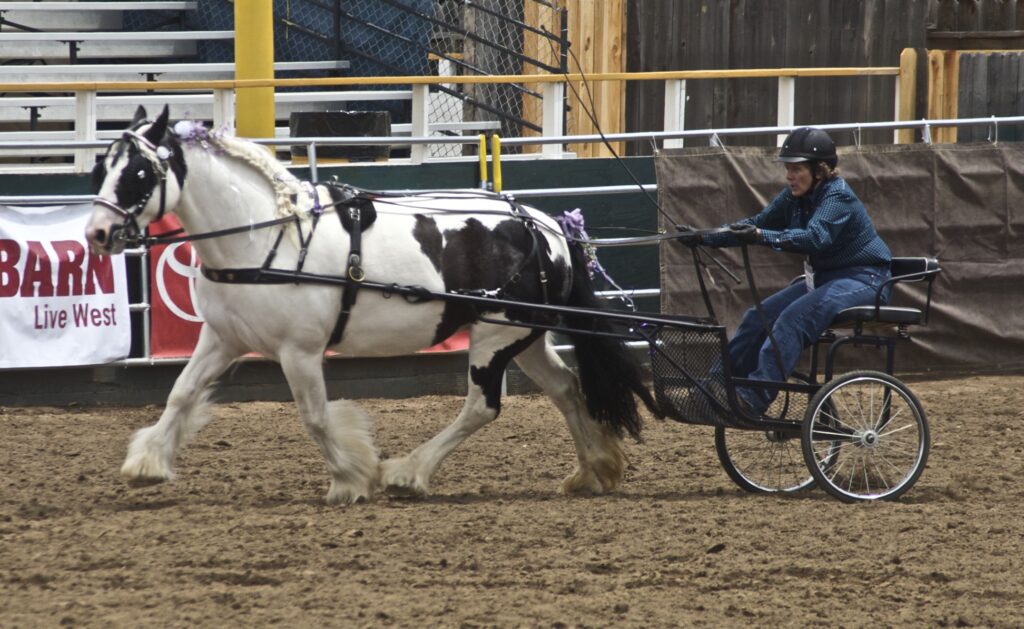
The Gypsy Vanner (also known as Irish Cob, Gypsy Cob, or Tinker Horse) represents a relatively recent formal recognition of a traditional horse type developed by Romani travelers in the British Isles. These eye-catching horses typically stand 14 to 15.2 hands high and appear in various coat patterns—predominantly tobiano piebald (black and white) or skewbald (brown/bay and white)—with profuse feathering, flowing manes, and abundant tail hair that creates an unmistakable visual appeal. Bred specifically to pull the vardos (living wagons) of traveling families, Gypsy Vanners combine sufficient strength for practical pulling with a compact size that requires less feeding, making them economical working animals. Their level-headed temperaments were essential for horses that lived in close proximity to families with children, resulting in an unusually people-oriented disposition that modern drivers find particularly appealing. While relatively new to formal driving competitions, Gypsy Vanners have rapidly gained popularity for recreational driving and light commercial applications like wedding carriages and winery tours.
Haflinger: The Versatile Mountain Puller
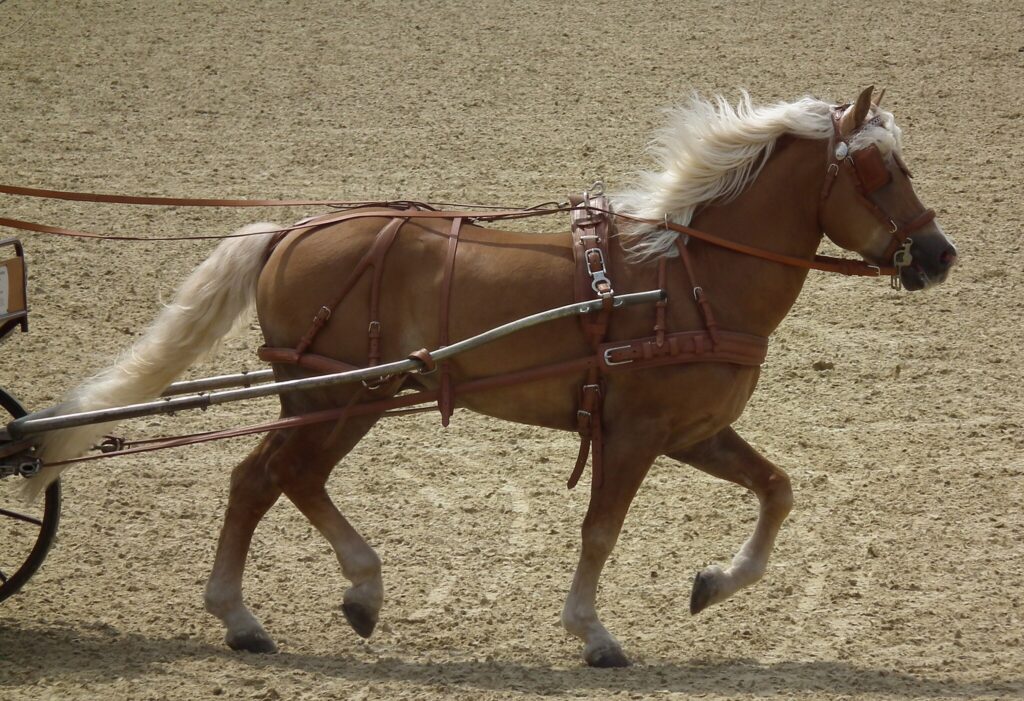
The Haflinger, originating from the mountainous Tyrol region spanning Austria and northern Italy, represents centuries of selective breeding for a versatile working horse adapted to challenging alpine environments. Always chestnut in color with distinctive flaxen mane and tail, these compact, muscular horses typically stand between 13.2 and 15 hands high, combining remarkable strength with sure-footedness and efficiency of movement. Their relatively small size belies impressive pulling capacity, with sturdy bone structure, well-muscled hindquarters, and a willing work ethic making them particularly well-suited for agricultural work on small farms and forestry operations in difficult terrain. Haflingers possess intelligent, friendly dispositions while maintaining an energetic approach to work, allowing them to serve effectively in diverse driving applications from farm wagons to elegant carriages. Modern Haflingers excel in recreational driving, combined driving competitions, and even therapeutic driving programs where their manageable size and sensible temperaments provide accessibility for diverse handlers.
Fjord Horse: The Ancient Nordic Workhorse
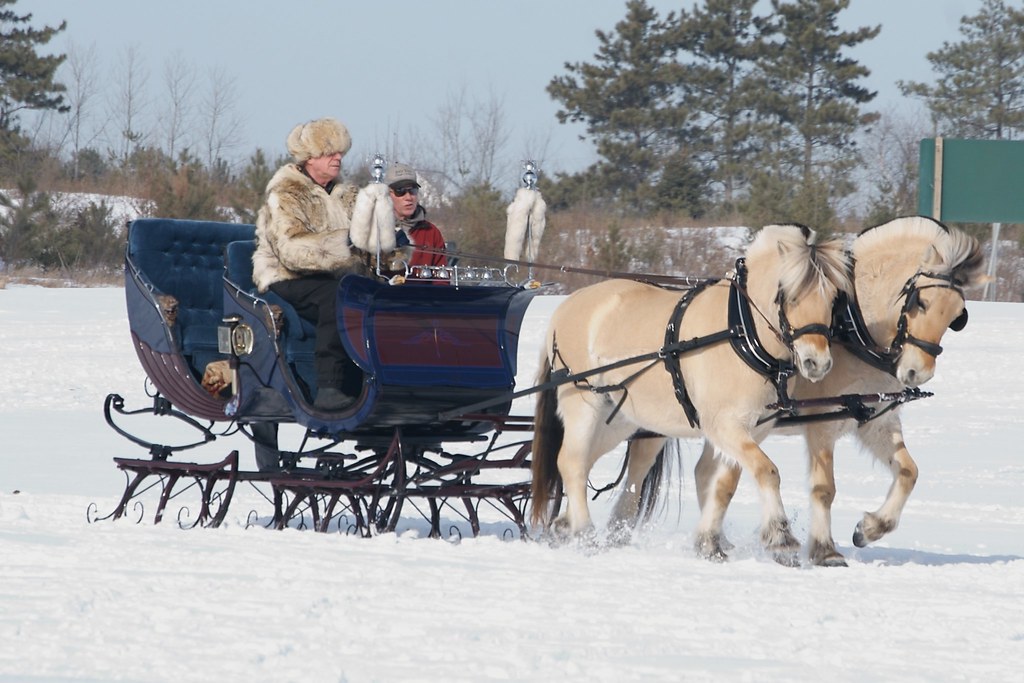
The Norwegian Fjord Horse represents one of the world’s oldest and purest breeds, with a distinctive appearance that has remained largely unchanged for thousands of years. Always dun in color (ranging from light cream to golden yellow) with primitive markings including a dark dorsal stripe and zebra stripes on the legs, these compact horses typically stand 13.2 to 14.2 hands high. Their unique appearance includes a crescent-shaped mane that stands upright when traditionally trimmed, highlighting the dark center stripe against lighter outer hair. Fjords combine remarkable strength and pulling power with sure-footedness developed in Norway’s challenging terrain, making them exceptionally versatile for both agricultural work and driving applications. Their balanced conformation, with strong shoulders and hindquarters, enables them to pull substantial loads while maintaining agility and maneuverability on varied terrain. Modern Fjord horses excel in recreational driving, combined driving competitions, and working demonstrations where their distinctive appearance and willing work ethic make them crowd favorites.
Morgan: America’s Versatile Driving Breed

The Morgan horse, America’s first native breed, combines driving prowess with versatility that has made it a perennial favorite among carriage enthusiasts. Tracing back to a single foundation sire—Justin Morgan’s horse Figure, born in 1789—these compact, powerful horses typically stand 14.1 to 15.2 hands high and appear predominantly in bay, black, and chestnut colorations. Morgans possess distinctive conformation features including a short, strong back, well-angled shoulders, and powerful hindquarters that enable them to pull carriages efficiently while maintaining an animated, engaged way of going. Their natural collection, with high head carriage and expressive movement, makes them particularly well-suited for formal carriage driving and competitive pleasure driving events. Beyond physical attributes, Morgans are renowned for intelligence, willingness to work, and strong bonds with their handlers—characteristics that historically made them preferred driving horses for doctors, ministers, and others who relied on dependable transportation in early America.
Hackney: The High-Stepping Show Horse
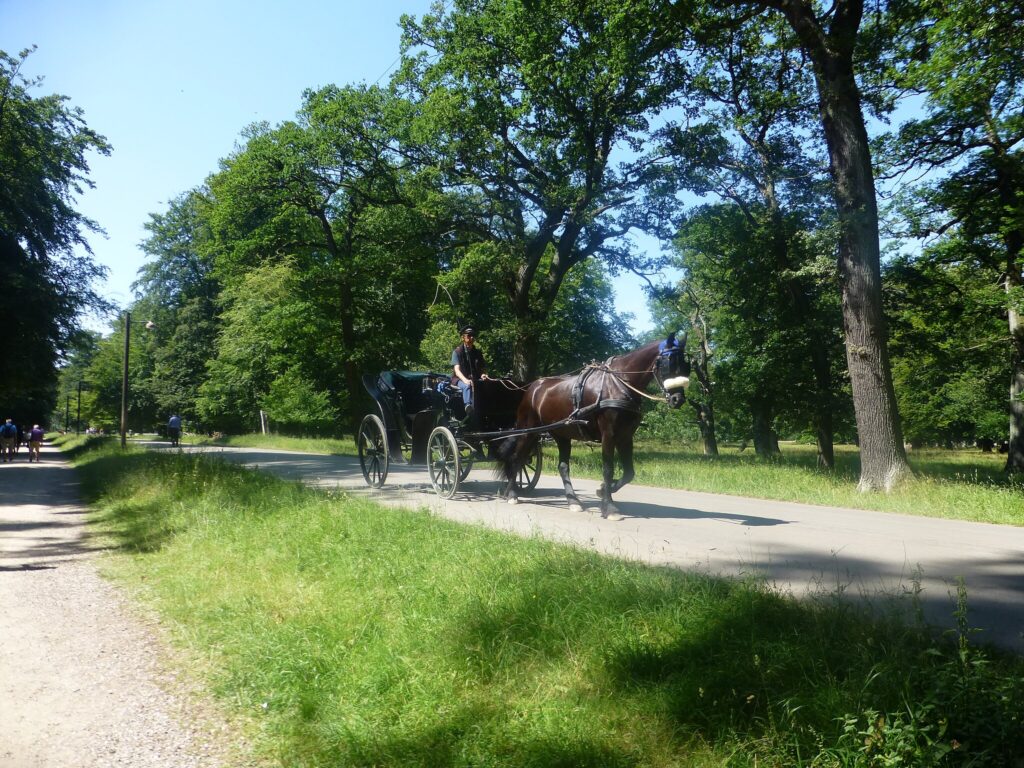
The Hackney horse and pony represent the pinnacle of flashy, high-action driving animals developed specifically for stylish transportation and competitive showing. Originating in Great Britain through crossing Norfolk Trotters with Thoroughbreds, Hackneys typically stand 14.2 to 16.2 hands (for horses) or under 14.2 hands (for ponies), appearing predominantly in bay, brown, or black colorations. Their most distinctive characteristic is extraordinary knee and hock action with tremendous elevation and suspension in their trot—a movement so prized that selective breeding has emphasized this trait for generations. Hackneys possess natural balance, animation, and presence that create spectacular visual impact when pulling fine carriages in competition or exhibition settings. While not typically used for heavy pulling or agricultural work, Hackneys excel in formal pleasure driving, fine harness classes, and competitive combined driving events where style, precision, and athletic ability are highly valued. Their intelligent, spirited temperament requires experienced handling but rewards skilled drivers with performance capabilities unmatched by most other breeds.
American Standardbred: The Speed and Endurance Specialist
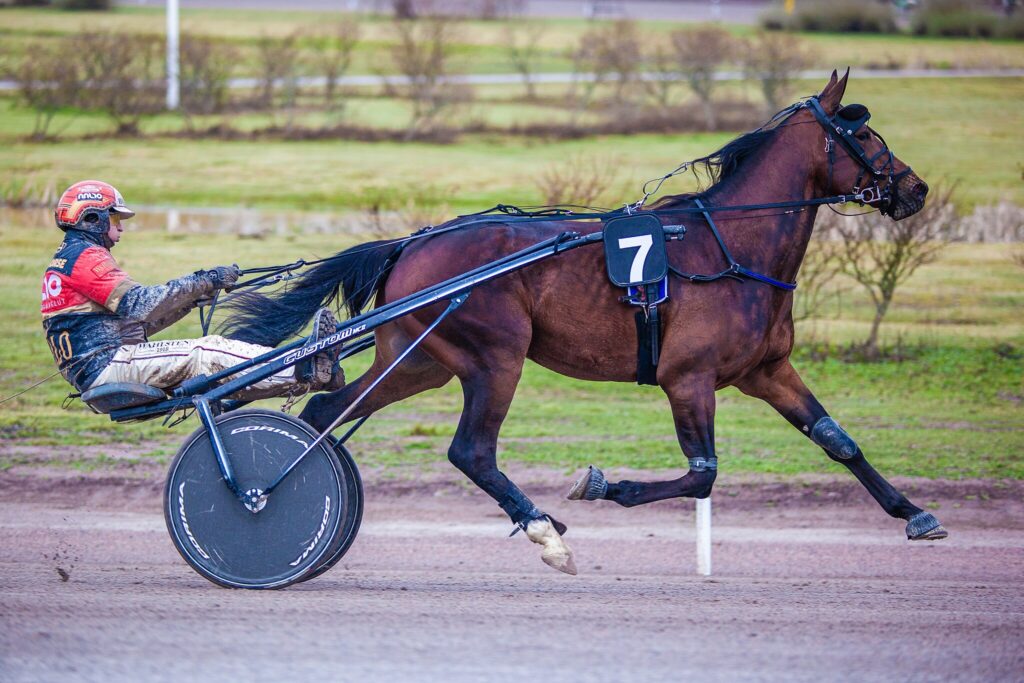
The American Standardbred, developed primarily for harness racing in the United States during the 19th century, combines exceptional speed with remarkable stamina and tractability that makes it an outstanding driving horse beyond the racetrack. Typically standing 15 to 16 hands high and appearing in most solid colors (predominantly bay, brown, and black), Standardbreds possess lean, muscular bodies with strong hindquarters that power their efficient, ground-covering movement. Originally bred to maintain a mile pace or trot at a specified “standard” time, these athletic horses developed clean, efficient gaits with minimal wasted motion, making them particularly well-suited for long-distance driving and marathon events. Their level-headed temperaments—necessary for maintaining composure in the excitement of harness racing—translate exceptionally well to pleasure driving and competitive carriage events where reliability and consistent performance are essential. After racing careers end, many Standardbreds transition successfully to recreational driving, combined driving competition, and commercial carriage operations where their endurance, soundness, and trainability make them industry favorites.
Cleveland Bay: The Classic English Coaching Horse
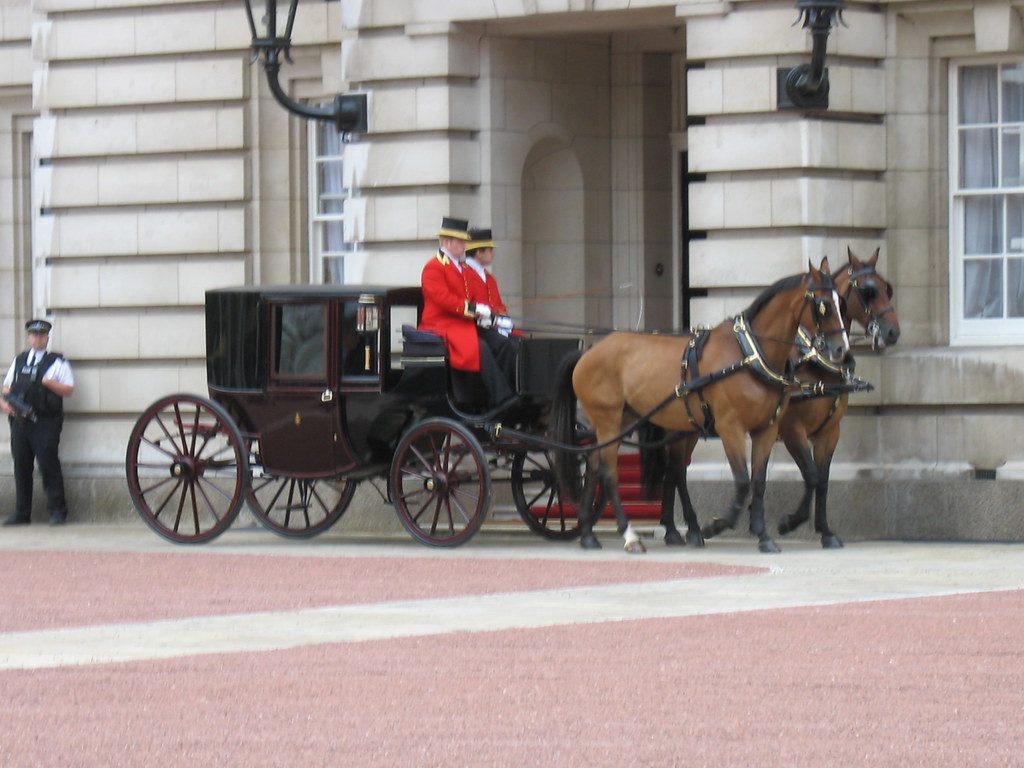
The Cleveland Bay stands as England’s oldest established horse breed and the only native British warmblood, developed specifically for the demanding work of coach pulling and agricultural tasks in Yorkshire’s Cleveland district. Always bay in color with black points (legs, mane, and tail) and minimal white markings, these powerful horses typically stand 16 to 16.3 hands high with substantial bone structure and impressive muscling that enables sustained pulling power. Their distinctive conformation includes a slightly convex profile, strong shoulders, short cannon bones, and powerful hindquarters that contribute to efficient movement and stamina over long distances. Historically, Cleveland Bays pulled mail coaches at trotting speeds for 50 to 70 miles per day, demonstrating remarkable endurance that modern driving enthusiasts still value. Though critically endangered today, Cleveland Bays maintain a devoted following among traditional driving aficionados, particularly for formal four-in-hand coaching where their matched appearance, consistent temperament, and natural aptitude for working as a team make them ideal candidates.
Dutch Harness Horse: The Modern Carriage Specialist

The Dutch Harness Horse (Nederlands Tuigpaard) represents a relatively modern breed developed specifically for competitive carriage driving and showing, combining spectacular movement with substantial pulling power. Typically standing 15.3 to 16.3 hands high and appearing predominantly in black, bay, and chestnut colorations, these impressive horses feature elegant heads, high-set necks, sloping shoulders, and powerful hindquarters that enable their distinctive movement. Their most notable characteristic is exceptional front leg action with tremendous elevation, suspension, and flexion of the knee and hock, creating spectacular visual impact in formal harness competitions. Dutch Harness Horses possess natural aptitude for collection and self-carriage, allowing them to maintain impressive movement while pulling carriages with seemingly effortless power and grace. While primarily bred for show driving rather than utilitarian purposes, these horses demonstrate remarkable versatility in various driving disciplines when trained by knowledgeable handlers who can channel their natural animation and power. Their growing international popularity reflects increasing appreciation for purpose-bred driving horses that combine modern athletic ability with traditional carriage horse virtues.
Selecting the Right Driving Horse for Your Needs
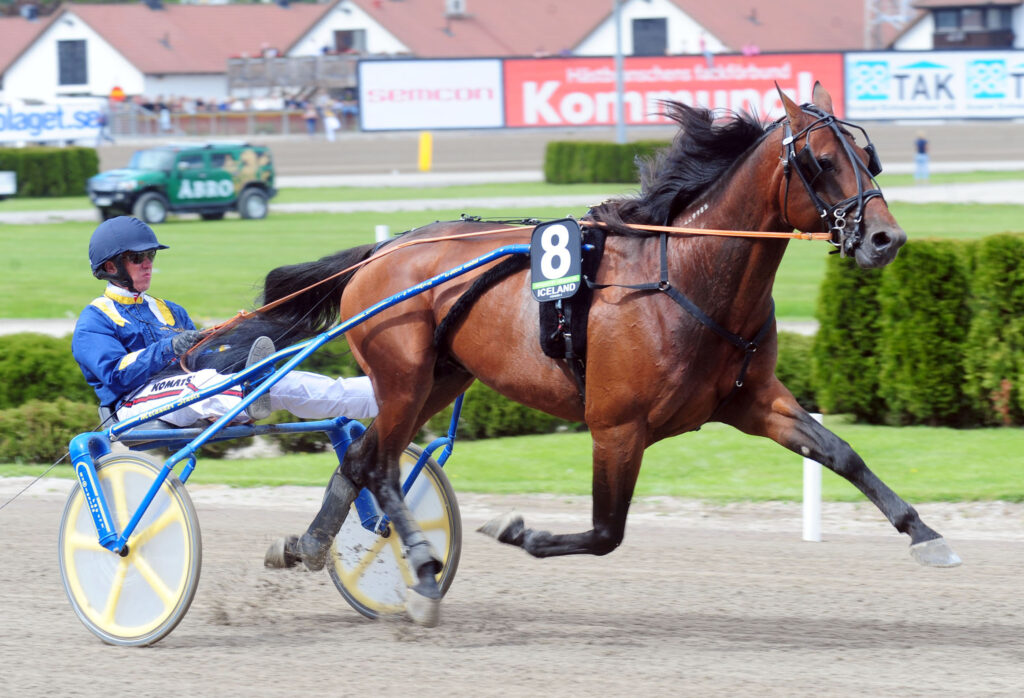
Choosing the ideal driving horse requires careful consideration of multiple factors beyond simply selecting from recommended breeds. The intended use—whether heavy farm work, recreational pleasure driving, competitive showing, or commercial carriage operations—should primarily guide your selection process, as different applications demand different physical and temperamental qualities. Physical considerations should include the horse’s size relative to the vehicle being pulled, conformation features that impact movement and pulling efficiency, and overall soundness for the demands of harness work. Equally important is temperament assessment, as driving horses must possess intelligence, trainability, and an unflappable disposition to handle the unique stresses of working in harness with potentially frightening stimuli nearby. For beginners, prioritizing a calm, experienced driving horse over specific breed characteristics often leads to greater success and safety, while competitive drivers may need to select breeds specifically developed for their chosen discipline. Remember that proper training, conditioning,

